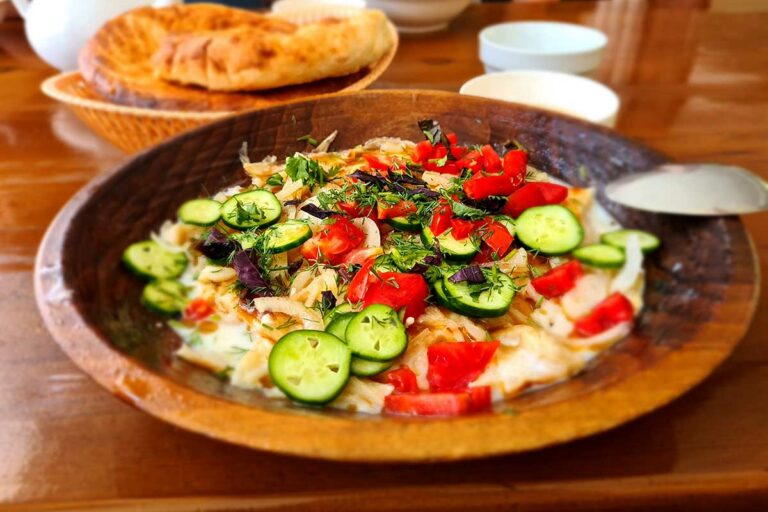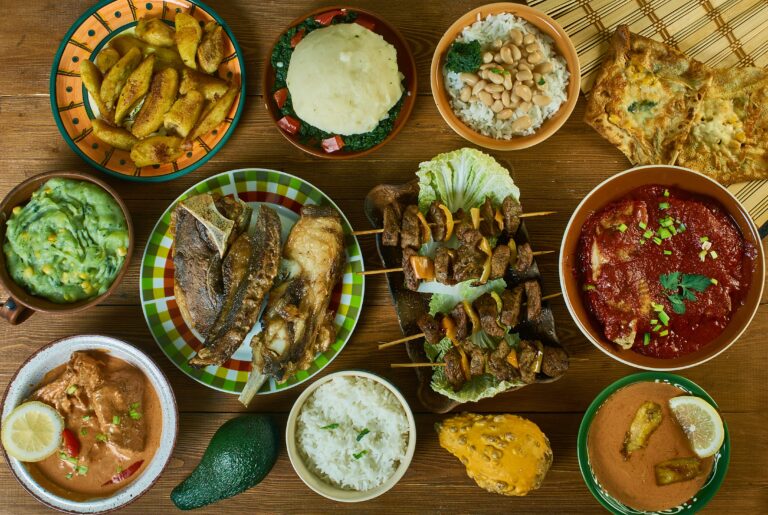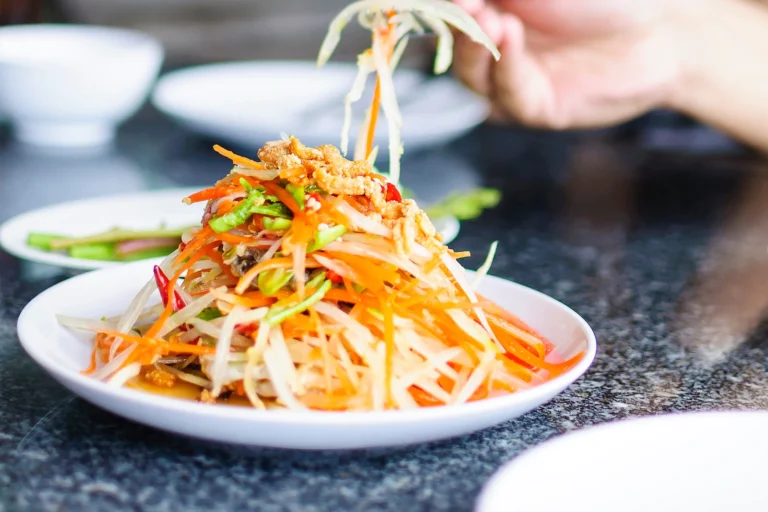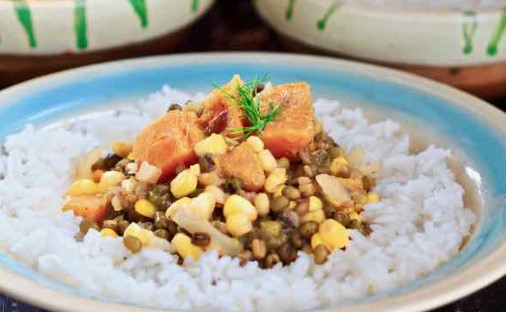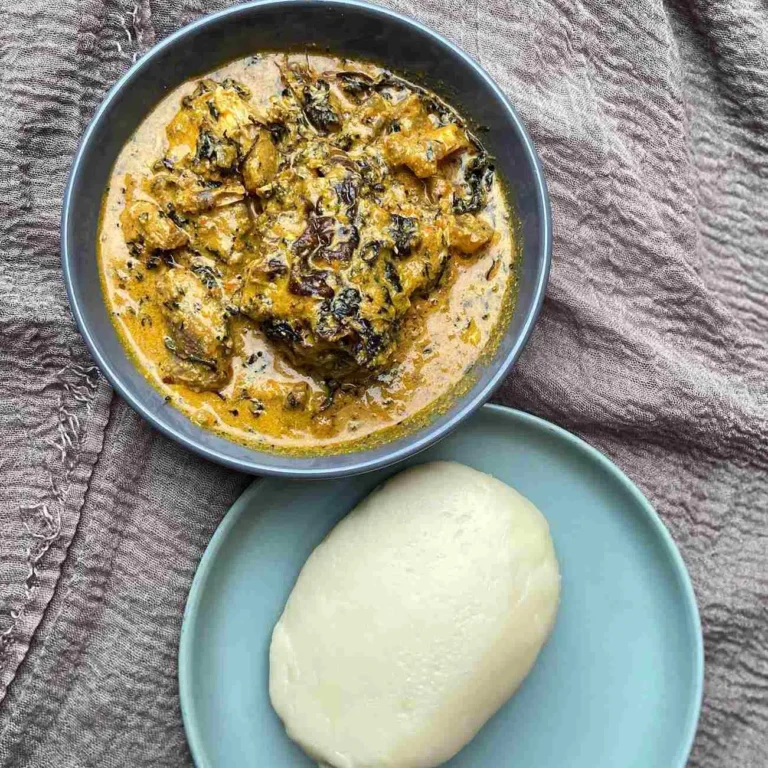Introduction: Tajik Cuisine and Its Flavorful Spices
Tajik cuisine is a fascinating blend of Persian, Turkic, and Russian influences. It is known for its hearty and flavorful dishes, which feature a variety of herbs and spices. The spices used in Tajik cooking vary from region to region, but there are some common seasonings that are used throughout the country. In this article, we will discuss some of the most popular spices used in Tajik cuisine.
Cumin: A Staple Spice in Tajik Cooking
Cumin is one of the most important spices in Tajik cuisine. It is used in many dishes, such as pilaf, stews, and soups. Cumin has a warm, earthy flavor that pairs well with other spices and herbs. It is also believed to aid digestion and have anti-inflammatory properties. In Tajikistan, cumin is often roasted before being added to dishes, which enhances its flavor.
Coriander: Aromatic and Versatile in Tajik Food
Coriander is another popular spice in Tajikistan. It has a bright, citrusy flavor that adds depth to many dishes, including pickles, soups, and kebabs. Coriander is also a versatile herb that can be used in both sweet and savory dishes. In addition to its flavor, coriander is believed to have several health benefits, including reducing cholesterol levels and aiding digestion.
Turmeric: A Vibrant and Healthy Spice in Tajik Dishes
Turmeric is a vibrant yellow spice that is used in many Tajik dishes. It has a warm, slightly bitter flavor and is often used to color and flavor rice dishes. Turmeric is also believed to have several health benefits, including reducing inflammation and supporting brain health. In Tajikistan, turmeric is often combined with cumin and coriander to create a flavorful spice blend.
Dill: A Fragrant Herb That Adds Flavor to Tajik Meals
Dill is a fragrant herb that is used in many Tajik dishes. It has a subtle, sweet flavor that pairs well with fish, meat, and vegetables. Dill is often used in yogurt-based sauces and salads, such as cucumber salad. It is also believed to have several health benefits, including aiding digestion and reducing inflammation.
Paprika: A Mild and Colorful Spice in Tajik Cuisine
Paprika is a mild spice that is used to add color and flavor to many Tajik dishes. It has a bright red color and a slightly sweet, smoky flavor. Paprika is often used in meat dishes, such as lamb kebabs and chicken stews. In addition to its flavor, paprika is believed to have several health benefits, including reducing inflammation and improving heart health.
In conclusion, Tajik cuisine is a rich and flavorful cuisine that relies heavily on herbs and spices. From the warm, earthy flavor of cumin to the bright, citrusy flavor of coriander, these spices add depth and complexity to many Tajik dishes. Whether you are cooking a hearty stew or a simple salad, adding a few of these spices can help elevate your Tajik cooking to a new level.

